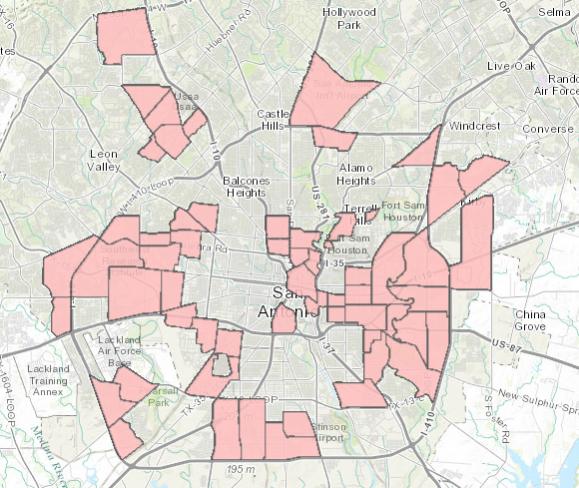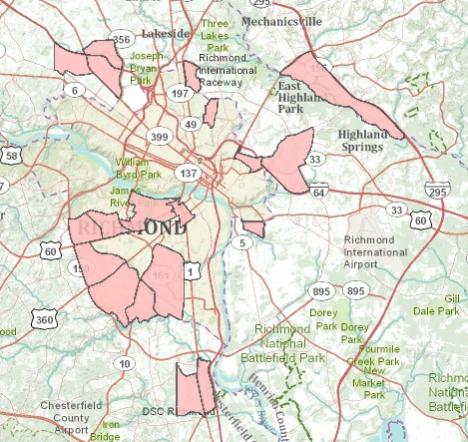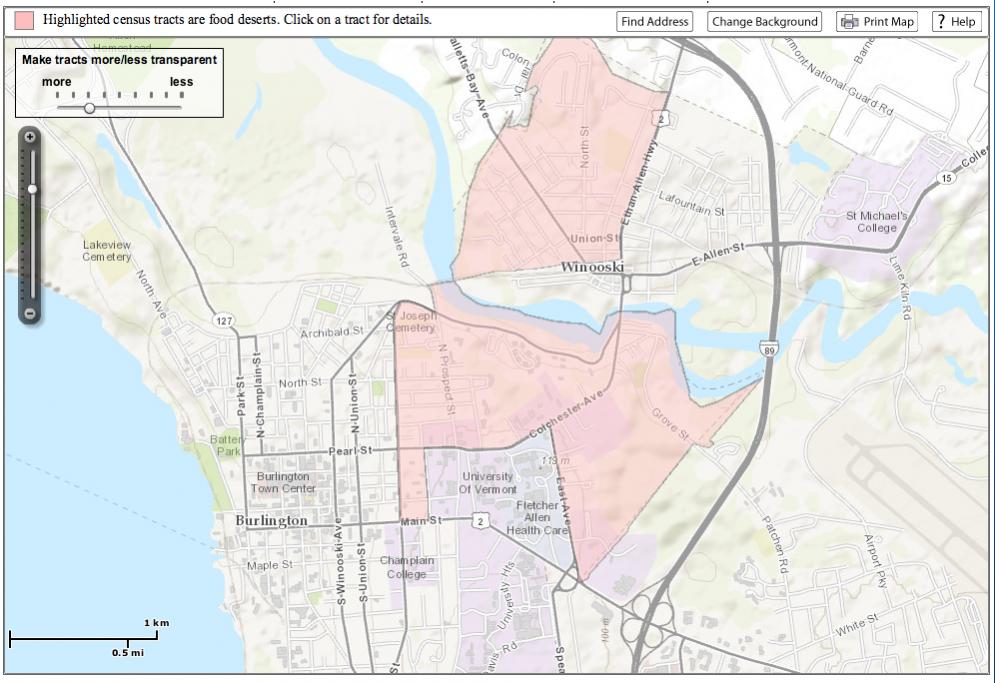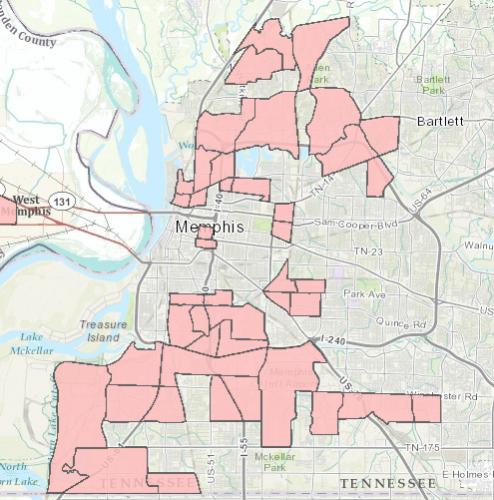|
erika
Join Date: Apr 2006
Location: "the high up north"
Posts: 6,127
|
Food Deserts and Inequality in Access to Nutrition.
   
( Maps courtesy of USDA.)
Quote:
Food Deserts Across America
A food desert is a low-income area that lacks access to fresh fruits and vegetables, and other foods that make up a heathy diet (limited or no access to supermarkets and grocery stores, sometimes coupled with limited to no transportation); instead, these areas are riddled with convenience stores and fast food restaurants.
The Food, Conservation, and Energy Act of 2008 required the USDA to study food deserts for one year. In the studyís findings, some key points were:
- About 2.3 million households (~2.2% of the population) live more than a mile from a supermarket and have no access to a vehicle. Another 3.4 million households live between 1/2-1 mile from a supermarket and have no access to a vehicle.
- Roughly 23.5 million people live in low-income areas that are more than 1 mile from a supermarket. However, only 11.5 million (4.1% of the population) of these people are low-income.
- Urban areas are more likely to suffer from limited food access due to racial segregation and income inequality. In rural areas, itís because of a lack of transportation infrastructure.
- Shopping at small stores and convenience stores more likely to be found in food deserts is significantly more expensive than shopping at a large grocery store or supermarket.
- While some researchers and their studies point towards lack of availability to nutritious foods as the reason for a lack of intake (and instead relying on the convenience stores and fast food restaurants), other researchers/studies prove otherwise. Either way, more research is needed in this area.
Dr. Eduardo Sanchez, vice President and chief medical officer of Blue Cross Shield Texas (not to mention former Texas commissioner of health and a national leader on childhood obesity) said:
Quote:
|
The link between inequitable access to healthy, affordable food and chronic diseases is evident in every region of the country. Low-income and being African-American, Latino, or American Indian increases the likelihood of poor access to good food and the prevalence of chronic diseases like type 2 diabetes. From deep in the heart of Texas to the center of Midwest farm country, to President Obamaís hometown of Chicago, healthy food is not easily accessible to millions of Americans and people are sicker as a result.
|
Access to healthy, affordable food is a major public health problem and should be considered as important as affordable healthcare.
While Alan Hunt, senior policy associate at the Wallace Center at Winrock International had this to say:
Quote:
We thank the USDA for undertaking this thorough study. Much of it verifies what we already knew - that for millions of people in low-income communities, access to fresh and healthy food is limited.
Now itís time for action. What is needed is a set of coordinated, community based activities across the country, including outreach to existing corner stores, incentives for locating new retail stores, public transportation improvements, farmersí markets development, nutrition education, and other activities to improve food access.
Ö
Supporting successful programs that address inequitable food access - from the development of a network of farmersí markets that serves the nearly 80,000 mostly low-income residents of Camden, New Jersey, to the remarkable work in Black Hawk County, Iowa, where local producers work together to make fresh, healthy and local food available to restaurants, retirement homes, and universities while generating millions of dollars of sales - is the beginning. Continuing efforts like these requires national support and leadership to ensure healthy food choices are accessible in all communities.
|
|
Why America has a nutrition/obesity problem, especially among the poor and among communities of color. this stuff is important!
__________________
not really back, you didn't see me, i was never here shhhhhh
|


